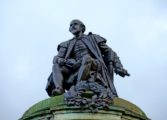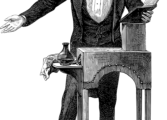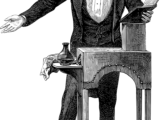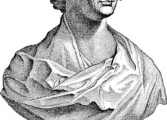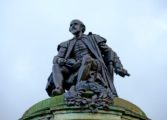Charles Dickens books are renowned for their vivid characters, intricate plots, and social commentary
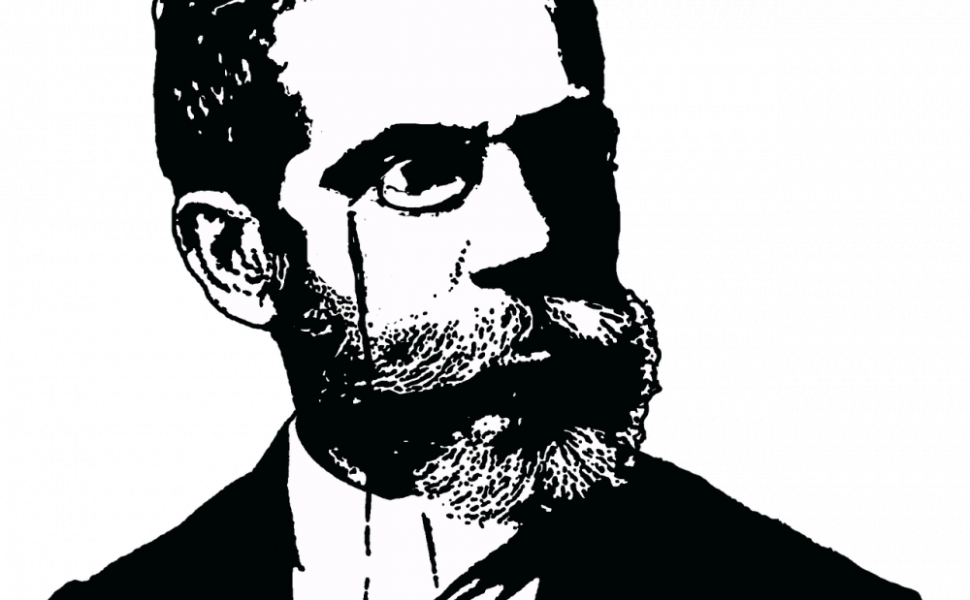
For anyone interested in delving into the world of these beloved novels, it is important to understand the significance and impact of Dickens’ works. This article aims to provide a comprehensive and detailed overview of Charles Dickens’ books, tracing their historical development and exploring their enduring relevance for readers today.
I. Introduction to Charles Dickens’ Books
Charles Dickens was a 19th-century English writer and social critic, widely regarded as one of the greatest novelists of all time. Born in 1812, Dickens grew up in a working-class family, which heavily influenced his writing. Through his novels, Dickens sought to shed light on the social issues of his time, including poverty, inequality, and the deplorable treatment of children.
His works are characterized by a combination of humor, sentimentality, and harsh realism. Dickens had the unique ability to create memorable characters and capture the essence of Victorian England. His stories often featured individuals from various social backgrounds, highlighting the stark disparities between the rich and the poor.
Some of Dickens’ most notable and popular novels include “Oliver Twist,” “A Tale of Two Cities,” “Great Expectations,” and “David Copperfield.” Each of these works presents a compelling narrative that explores themes of justice, redemption, and personal growth.
II. Historical Development of Charles Dickens’ Books

As Charles Dickens’ career progressed, his writing matured and became more nuanced. He published his first novel, “The Pickwick Papers,” in 1836, which achieved immediate success and established his reputation as a talented writer. This episodic novel chronicles the adventures of the eccentric Mr. Pickwick and his fellow club members, providing a humorous critique of the social conventions of the time.
Over the following years, Dickens continued to produce a series of highly acclaimed novels, many of which were initially published in serialized form. These publications, which were released in installments, allowed Dickens to engage with his readership in a unique manner. Readers eagerly awaited the next installment, creating a sense of anticipation and building a dedicated fan base.
In the 1840s, Dickens wrote “The Old Curiosity Shop” and “David Copperfield,” which marked a shift in his storytelling style. These novels delved deeper into the complexities of human emotions and featured more introspective protagonists. “David Copperfield,” in particular, drew heavily from Dickens’ own experiences and offered a semi-autobiographical account of his early life.
The 1850s witnessed the publication of some of Dickens’ most famous works, including “Bleak House” and “Hard Times.” These novels showcased his increasing ability to intertwine multiple narrative threads, creating intricate and interconnected storylines. With “A Tale of Two Cities,” Dickens explored the themes of sacrifice and resurrection against the backdrop of the French Revolution, cementing his status as a master storyteller.
Towards the end of his career, Dickens wrote “Great Expectations” and “Our Mutual Friend,” highlighting the consequences of wealth and the power dynamics within society. These novels revealed Dickens’ continuing commitment to social reform and his unwavering belief in the inherent goodness of individuals.
III. Relevance and Impact Today
Charles Dickens’ books remain highly relevant today due to their timeless themes and universal insights into the human condition. Through his engaging narratives, Dickens tackled pressing social issues that continue to resonate with readers. The injustices and inequalities depicted in his works serve as a reminder that societal progress is an ongoing endeavor.
Furthermore, the characters in Dickens’ novels continue to captivate audiences with their complexity and relatability. From the innocent and orphaned Oliver Twist to the enigmatic and tormented Sydney Carton, Dickens’ characters embody a range of human experiences, making them enduring figures in literary canon.
In addition to their literary significance, Charles Dickens’ books have also made a lasting impact on popular culture. Numerous adaptations of his novels have been produced for film, television, and the stage, introducing new generations to his stories and characters. Dickens’ influence can be seen in the works of numerous writers who followed in his footsteps, further solidifying his legacy.
In conclusion, Charles Dickens’ books offer readers a rich tapestry of characters, intricate narratives, and thought-provoking social commentary. Their historical development showcases Dickens’ growth as a writer and his unwavering commitment to addressing the societal issues of his time. Today, his works continue to resonate with readers, providing valuable insights into the human experience and inspiring conversations about justice, compassion, and the pursuit of a better world.
















